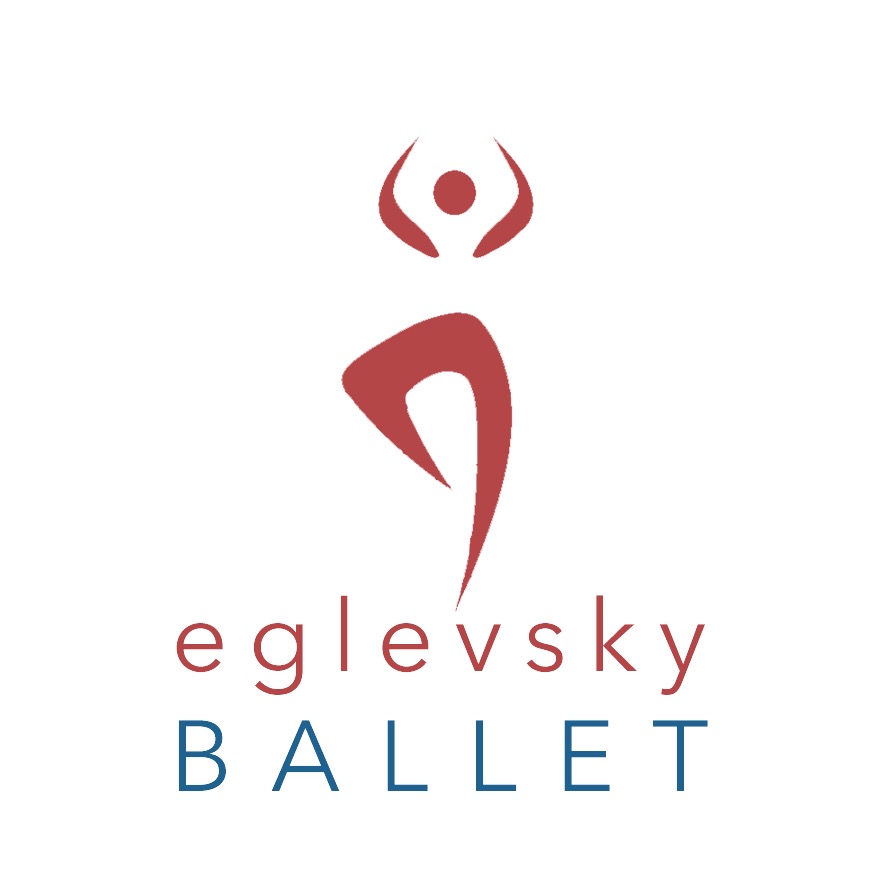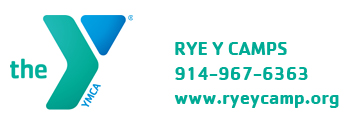
The 10 Best Toys and Games for Children with Special Needs
These toys and games will encourage learning and sensory play in toddlers, kids, and teens with special needs.

These toys and games will encourage learning and sensory play in toddlers, kids, and teens with special needs.

Bethpage, NY Eglevsky Ballet has been part of Long Island for over 50 years. As the official ballet company of The Tilles Center, Eglevsky Ballet is the premier b...

Rye, NY At the Rye Y, we nurture the potential of every child, by cultivating the values, skills and relationships that lead to positive behaviors, better hea...

Syosset, NY Lice Clinics of America Long Island ends the nightmare of lice by dehydrating lice and their eggs in one single 60 minute lice removal treatment. Our ...

Upper West Side , Play On! Studios offers drama camps and classes on the Upper West Side for kids in grades Pre-K-8. Young actors will rehearse and perform in a full pr...